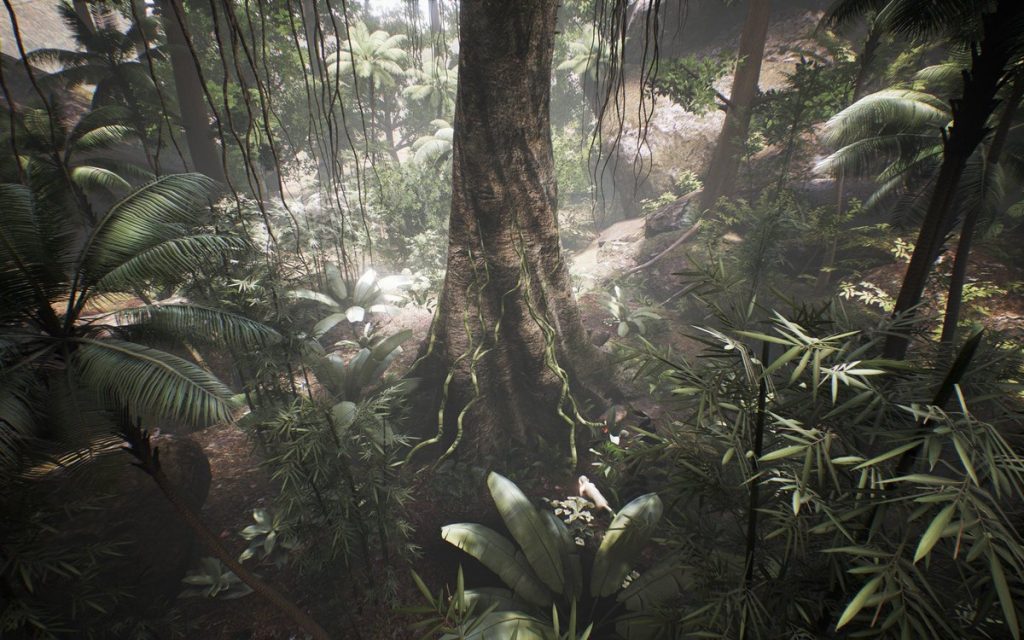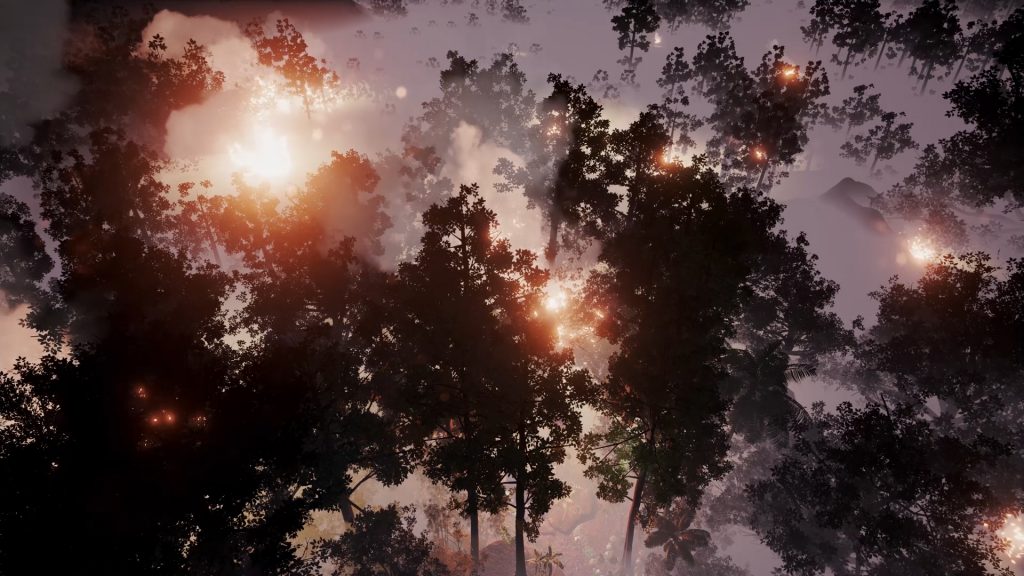Lorna Barnshaw is/was (does not seem updated) a student at the Winchester School of Art. She works as part of a student run art curating team. The goal of this team is to create an accessible outlet for students to display their art. Lorna posted a project on Behance called Reality Reduction. I find this project fascinating. The project is a mixture between digital media and computation. The project takes images of faces and maps them on to a face like model, only the models are misshapen purposely. This creates a somewhat disturbing image though Lorna takes the project a step further. As the face model spins around, the polygon count is suddenly and drastically reduced, giving the model a bizarre glitch-like appearance. I very much enjoy the ingenuity and vision shown through the art project. I am interested to see more of Lorna’s works!
Category: LookingOutwards-11
LookingOutwards-11

One female artist whom I researched was Kate Armstrong. An example of interesting work that she created was The Problem of Other Minds, which is a voice activated robotic sculpture in a glass orb (http://katearmstrong.com/artwork/robot.php). When it hears words that it recognizes, it unrolls paper that has on it it thoughts, observations and diagrams. I found this really unique because it has an interactive aspect, and humans trigger the action that the robot produces. This work was made in 2006, and the unravelling of paper represents how the robot stored information and is now recalling it. To describe the artist, she is a curator and Vancouver based writer. Her practice is interdisciplinary and she works with generative systems, objects, photography, video and many more fields combining art and technology. She has produced many exhibitions over the years and has experience writing for museums, schools, and various presses about her artistic contributions.
Looking Outwards 11
The female artist I found inspirational is Mary Frank. She is an artist and
computational designer that works in immersive and real-time media. One of her artworks, “As Machines Shine” is a beautiful installation piece of liquid
colonies of light in addition to motion-triggered motion composition that flows
with the movement of the installation. This piece responds to another artist,
Kadet Kuhne’s interactive audio called “Abstracted Reflection”. The sculpture
digitally fabricated with wood and acrylic for its membranous qualities, while
the projected illusion is imagery that resembles water. The installation
suggests organisms and movement on a microscopic scale. The projection is real-time and is inspired by spatial algorithms. I find it fascinating that the
machine is able to generate something so organic and random in a way that
can only be found in nature.
Looking Outwards 11
Bot Party
2017
Jubbies Steinweh-Adler
The project, Bot Party, is an interactive game relying on sound and physical contact with another person.This game is made up of a bunch of cubes which are called bots, which communicate with other users but only when you touch someone else who is holding another Bot. This project was created to help break the ice between strangers. It requires a secret message from each bot that can only be revealed through holding hands with people and experimenting until the message is revealed. The secret messages are randomly generated through software on the main part of the game. I admire how this game uses technology to aid human connection in a playful, lighthearted way. I also think it is really interesting that this software was built to receive human touch inputs from a sensor, this is something I would like to explore with code. This project was created by Pheonix Perry. She works primarily as a game designer, but also founded the Code Liberation Foundation which teaches women between ages 16-60 how to code.
Project 11: Space Rocket
I had a rough week and was unable to complete this code 🙁 It was supposed to be a rocket traveling through space with stars generating in the background and asteroids randomly generating to travel parallel to the ship to give the impression of speed. The two static objects were the rocket and the earth. I drew them myself, trying to get a laugh. But since the code doesn’t work, it just seems overwhelmingly pathetic.
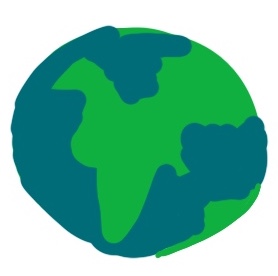
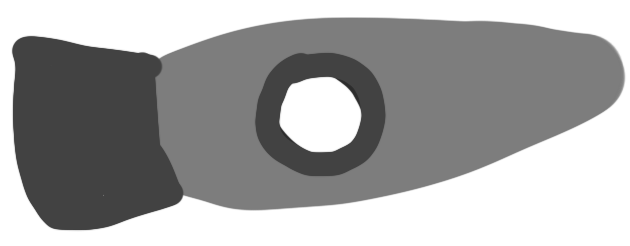
//jubbies
var stars = [];
var asteroids = [];
var rocket;
var counter = 0;
function preload() {
rocket = loadImage("https://i.imgur.com/YMS5MRv.png");
earth = loadImage("https://i.imgur.com/7N4avKI.png");
}
function setup() {
createCanvas(400, 250);
frameRate(12);
//setting up the stars - priming the array
for (var i = 0; i < 140; i++) {
var sx = random(width);
var sy = random(height);
var sWidth = random(20);
stars[i] = makeStars(rx, ry, 2, sWidth);
}
//setting up the asteroids - priming the array
for (var i = 0; i < 4; i++) {
var rx = random(width);
var ry = random(150);
asteroids[i] = makeAsteroids(rx, ry);
}
}
function draw() {
background('black');
//EARTH (BEHIND ALL)
image(earth, 270, 40, 50, 50);
//STARS
updateAndDisplayStars();
removeStarsOutOfView();
addNewStars();
//ASTEROIDS
updateAndDisplayAsteroid();
removeAsteroidsOutOfView();
addNewAsteroids();
//ROCKET
image(rocket, 30, 140, 150, 80);
counter++;
}
//STARS- ALL FUNCTIONS
function updateAndDisplayStars(){
for (var i = 0; i < stars.length; i++){
stars[i].stepFunction();
stars[i].drawFunction();
}
}
function removeStarsOutOfView(){
//dropping off old stars
var starsToKeep = [];
for (var i = 0; i < stars.length; i++){
if (stars[i].x + stars[i].width > 0) {
starsToKeep.push(stars[i]);
}
}
stars = starsToKeep;
}
function addNewStars(){
var newstars = 0.455
if (random(0, 1) < newstars) {
stars.push(makeStars(255, 255, 3, random(1, 10));
}
}
function starsStep() {
this.x -= this.dx;
}
function starsDraw() {
stroke(this.c);
strokeWeight(this.size);
point(this.x, this.y);
}
function makeStars(sx, sy, sdx, sWidth) {
var s = {x: sx, y: sy, dx: sdx,
width: sWidth,
c: fill(255),
drawFunction: starsDraw, stepFunction: starsStep
}
return s
}
Looking Outwards-11
Heying Wang Section B
Caroline Sinders, Feminist Data Set (2017)
Caroline Sinders is an artist interested in machine-learning and interdisciplinary areas. She holds a Masters from New York University’s Interactive Telecommunications Program. She is also the founder of Convocation Design + Research, an agency focusing on the intersections of machine learning, user research, designing for public good, and solving difficult communication problems. I chose to look at Sinders because many of her works express feminist views, political ideology, and social justice. Her works show an interesting combination of technology, fine arts, and service design. Sinders has been using machine learning a lot in her art creations.

The project that interests me is called Feminist Data Set (2017). It interrogates the AI process including data collection, data labeling, data training, etc. The project is a response to the problem of data harvesting. I think it’s a thought-provoking work that has great importance because these days people’s data are collected easily by large technological companies.The project is a social justice art practice that uses data creation as a protest. The artists’ intentions are uniquely presented. I think it’s creative to make a data-set about political ideology.
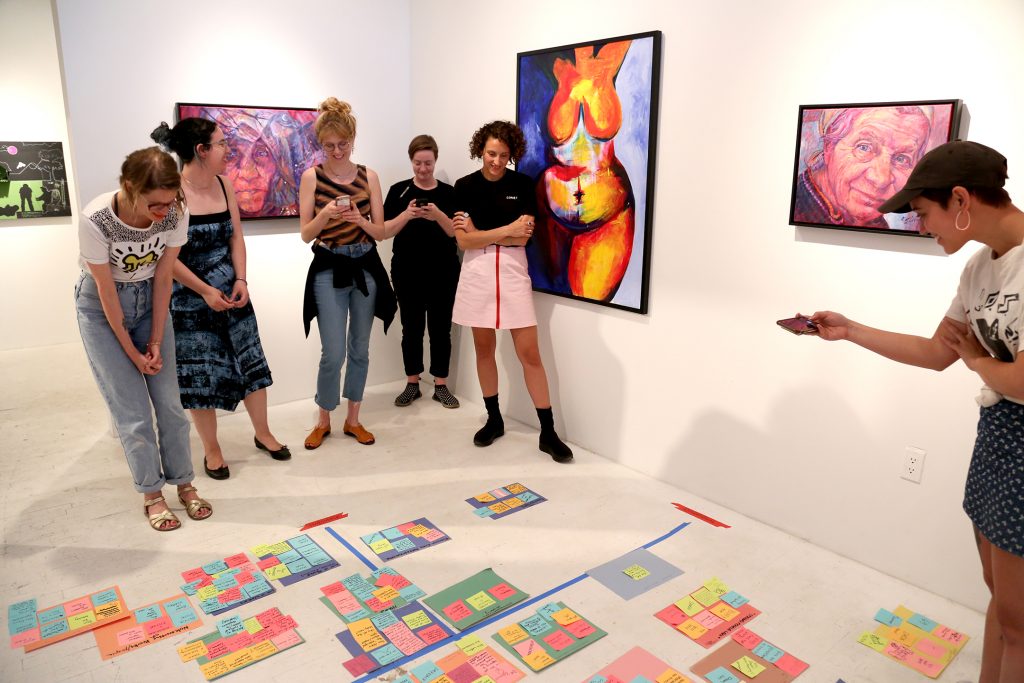
LO 11 – Women Practitioners
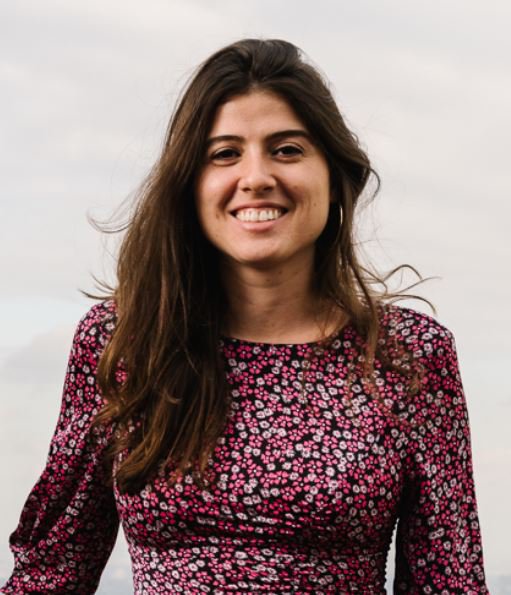
Milica Zec is a VR filmmaker who focuses on creating stories to raise awareness of societal and environmental issues. Growing up in Serbia, she witnessed war, bombings, and unrest as a child. Her tumultuous childhood inspires her work, in which she hopes to preserve what is precious through creating new realities.
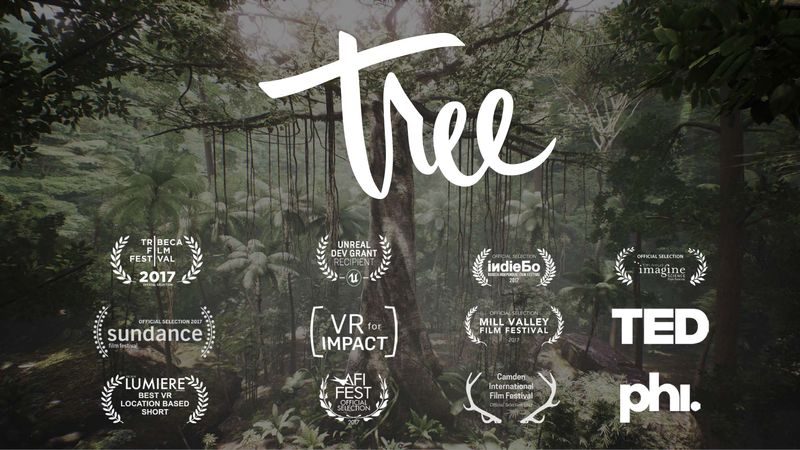
Milica’s second VR film, Trees, places a viewer in the middle of a rainforest as an immobile tree that grows from a seed and eventually is destroyed by a wildfire, as the viewer watches, helpless as they cannot do anything to save the tree or forest. In a talk at the World Economic Forum, she describes how the film was so moving that many viewers came out in tears, finally understanding climate change on an innate and personal level.
I watched Trees online through a 2D youtube video. While I didn’t experience it the way it was meant to be viewed, I could immediately understand how powerful its message could be when immersing a viewer in these surroundings. I’m excited to see how her next project, Rainforest, continues this message in a more interactive way.
LO_11_Women Practitioners
In this week’s topic, I found a very interesting project called “ Clothing for Moderns” created by artist Lea Albaugh.
The link is here : http://www.instamatique.com/clothing-for-moderns.html
And here : https://www.hcii.cmu.edu/people/lea-albaugh
Lea Albaugh is a PhD student in HCI institute of CMU. This is not too much description on the web but I guess her major working field is Human Computer interaction. She is also an augmented fashion designer and game developer.
Her major studying field makes her project very interesting.
In this project, she mainly talked about women’s expression in public space, especially spaces prevailed by male leaders/supervisors. She uses cloth and actuators to build wearables that can potentially “speak”.
I think the general idea of this project is very crucial. As a woman, I frequently found myself judging my personal expression. Sometimes, I felt I speak too much in public and in a team work environment and sometimes I doubt myself speak too little in a conflict situation.
By writing this LO, I doubt males also do the same thing frequently. This is the reason I want to talk about this project. It reminds me, as a female, sometimes, expression itself is not only related to words, facial expressions and actions.
This project offers me a new look for my own situations.
LO – 11
I’m choosing to focus on FIELD’s “10,000 Digital Paintings,” which is a brochure design for GF Smith (fine quality paper company.) What caught my attention about this project is its beautiful colors and aesthetics and its slight resemblance of paint in water. Looking into it more, I was able to appreciate the practical quality of generative design. FIELD used custom software to generate 10,000 iterations (different views) of a hypercomplex structure. The results are thousands of brochures that are unique yet fit into a cohesive design theme. I find the intersection between modern generative design and the more traditional print medium interesting and relevant to what I want to study.
The female artist behind FIELD is Vera-Maria Glahn. She started out as a producer and curator of media arts, performance and film for European film and media festivals in 2003. She later studied Visual Communication several years after and co-founded FIELD. FIELD is a creative studio based in London, U.K. specializing in art and technology; they make both independent and commissioned works for brands and cultural institutions.

Project 11 – Landscape
I wanted to create a landscape from the perspective of a car driving. You can see the cars on the other side of the road travelling in the opposite direction and the scrolling background. I wanted to have cars pass each other so they have random speeds.
var trees = [];
var cars = [];
var hillHeight = []; //Stores the y values of the hills
var noiseParam = 5;
var noiseStep = 0.02; //Varies the smoothness of the hills
var x = [];
function setup() {
createCanvas(480, 480);
background(220);
//creates a canvas that starts with trees
for (var i = 0; i < 10; i++){
var rx = random(width);
trees[i] = makeTree(rx);
}
//for loop creates the values for the mountains in the background
for(var i = 0; i<=width/5; i++){
var n = noise(noiseParam);
//Adjust size to fit the canvas
var value = map(n, 0, 1, 0, .5*height);
hillHeight.push(value);
noiseParam += noiseStep;
}
frameRate(10);
}
function draw() {
//sky
background(0, 230, 255);
//continually makes the mountains in the background scroll
if(hillHeight.length>width/5){
hillHeight.shift();
for(var i = 0; i <= width / 5; i++){
var n = noise(noiseParam);
var value = map(n, 0, 1, 0, .5*height);
hillHeight.push(value);
noiseParam += noiseStep;
}
}
//color of the hills
fill(130, 130, 130);
//creates the shape of hills to be able to fill under the line
beginShape();
vertex(0, height);
for(var i = 0; i <= width/5; i++){
vertex(i*5, hillHeight[i])
}
vertex(width, height);
endShape();
//foreground grass
fill(0, 255, 0);
noStroke();
rect(0, 360, width, 120);
//road
fill(35);
stroke(0);
rect(0, 260, width, 100);
//background grass
fill(0, 225, 0);
noStroke();
rect(0, 200, width, 60);
//creates the trees on the canvas and conditions for new/old
updateAndDisplayTrees();
removeTreesThatHaveSlippedOutOfView();
addNewTreesWithSomeRandomProbability();
//creates the cars on the canvas and conditions for new/old
updateAndDisplayCars();
removeCarsThatHaveSlippedOutOfView();
addNewCarsWithSomeRandomProbability();
}
function updateAndDisplayTrees(){
// Update the trees' positions, and display them.
for (var i = 0; i < trees.length; i++){
trees[i].move();
trees[i].display();
}
}
function removeTreesThatHaveSlippedOutOfView(){
//defines trees that have gone off canvas and recreates the array
//without those trees
var treesToKeep = [];
for (var i = 0; i < trees.length; i++){
if (trees[i].x + trees[i].breadth > 0) {
treesToKeep.push(trees[i]);
}
}
trees = treesToKeep;
}
function addNewTreesWithSomeRandomProbability() {
//add a tree at the end based upon a probability
var newTreeLikelihood = 0.02;
if (random(0,1) < newTreeLikelihood) {
trees.push(makeTree(width));
}
}
// method to update position of tree every frame
function treeMove() {
this.x += this.speed;
}
function treeDisplay() {
fill(255);
stroke(0);
push();
translate(this.x, 240);
fill(133, 87, 35);
//tree trunk
rect(0, -this.tHeight, this.breadth, this.tHeight);
noStroke();
//tree branches
fill(78, 105, 26);
circle(this.breadth/6, -this.tHeight, this.breadth*2);
circle(this.breadth*(5/6), -this.tHeight, this.breadth*2);
circle(this.breadth/2, -this.tHeight-this.breadth/2, this.breadth*2);
pop();
}
function makeTree(birthLocationX) {
var tr = {x: birthLocationX,
//width of the trees
breadth: random(10, 40),
speed: -3.0,
//tree height
tHeight: random(50, 130),
move: treeMove,
display: treeDisplay}
return tr;
}
function updateAndDisplayCars(){
// Update the cars' positions, and display them.
for (var i = 0; i < cars.length; i++){
cars[i].move();
cars[i].display();
}
}
function removeCarsThatHaveSlippedOutOfView(){
//defines if a car is off the canvas, recreates the array to keep
//cars still on canvas and remove ones that have moved off
var carsToKeep = [];
for (var i = 0; i < cars.length; i++){
if (cars[i].x + cars[i].breadth > 0) {
carsToKeep.push(cars[i]);
}
}
cars = carsToKeep;
}
function addNewCarsWithSomeRandomProbability() {
// Adds a car based upon a probability
var newCarLikelihood = 0.02;
if (random(0,1) < newCarLikelihood) {
cars.push(makeCar(width));
}
}
// method to update position of tree every frame
function carMove() {
this.x += this.speed;
}
function carDisplay() {
//colors the car randomly
fill(this.clr);
push();
translate(this.x, 290);
//body of the car
rect(0, 0, this.breadth, 30);
//windows as roof of the car
fill(255, 255, 255, 50);
quad(15, 0, this.breadth*.25, -20, this.breadth*.75,
-20, this.breadth-5, 0);
//wheels
fill(0);
circle(20, 25, 25);
circle(80, 25, 25);
pop();
}
function makeCar(startLocationX){
var car = {x: startLocationX,
breadth: 100, // length of car
//random color of each car
clr: color(random(255), random(255), random(255)),
//random speeds of cars
speed: random(-5, -10),
move: carMove,
display: carDisplay}
return car;
}
![[OLD FALL 2020] 15-104 • Introduction to Computing for Creative Practice](../../wp-content/uploads/2021/09/stop-banner.png)
